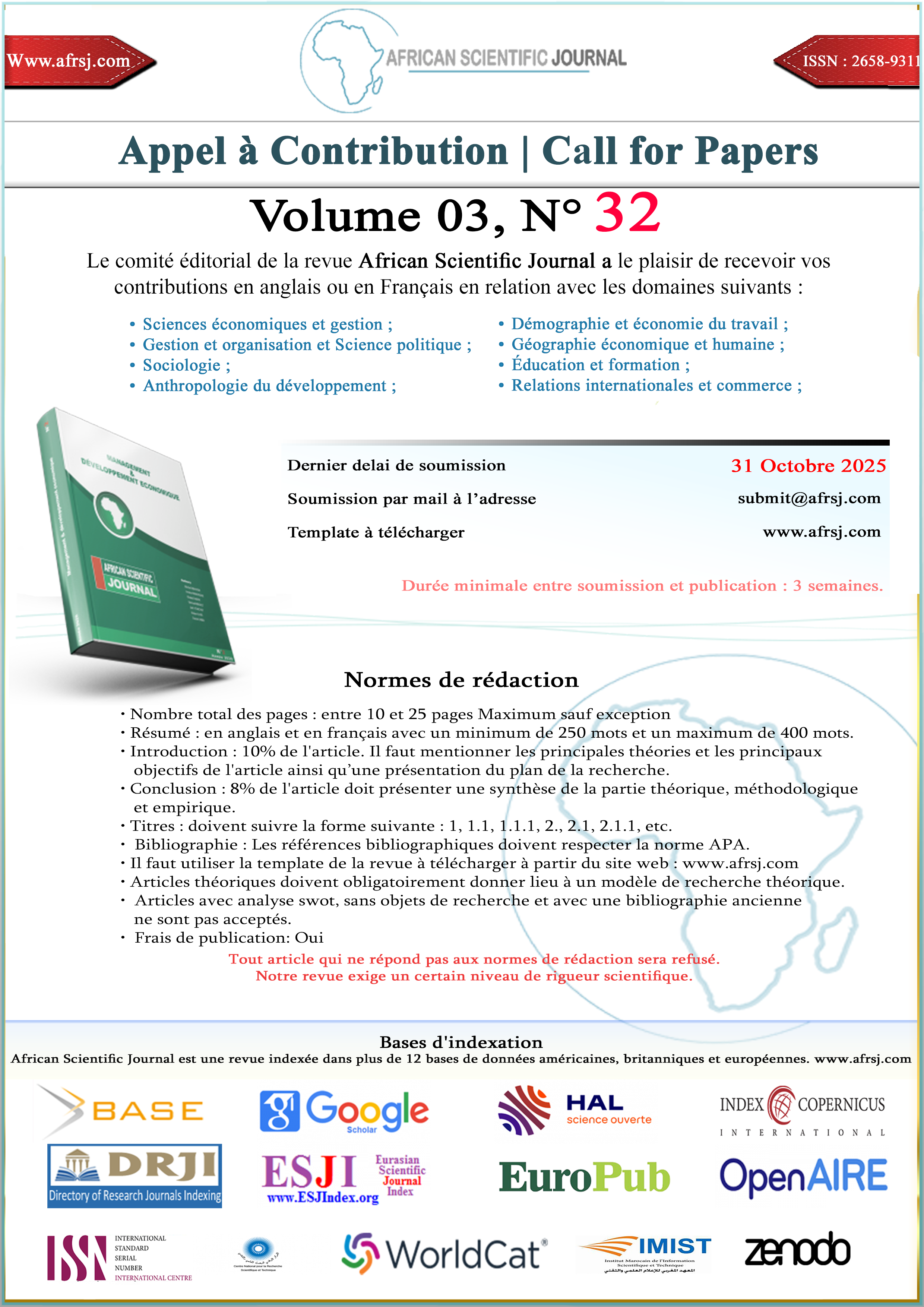The relationship between perception of IT and performance management in Moroccan companies: a qualitative study
DOI:
https://doi.org/10.5281/zenodo.8380838Keywords:
Perception ; information technology ; performance management ; usage behaviourAbstract
Today, the presence of information technology (IT) in Moroccan companies has accelerated with the evolution of the IT market and the growth of the digitalization of their environment. The adoption of IT has often given rise to a number of problems affecting its effective use, particularly in terms of performance management. Resistance to the use of IT is at the top of this list, and has become one of the most frequently cited variables in the literature on the subject. The aim of this study is, on the one hand, to contribute to the literature on the subject. On the other hand, to help IT managers understand user behaviour so that they can align their IT strategies with business processes. To do this, we opted for a qualitative approach, adopting a methodology based on multiple case studies and using semi-structured interviews as a data collection and analysis technique. The main results show that some users are resistant to IT. This resistance is mainly due to factors linked, on the one hand, to the IT department's failure to align IT strategies with business processes, and, on the other hand, to the malfunctioning of the IT solutions adopted and the lack of IT skills among some users. This situation is at the root of the lack of confidence in the performance management information produced by the IT solutions implemented.
Downloads
Published
How to Cite
Issue
Section
License
Copyright (c) 2023 African Scientific Journal

This work is licensed under a Creative Commons Attribution-NonCommercial-NoDerivatives 4.0 International License.





















